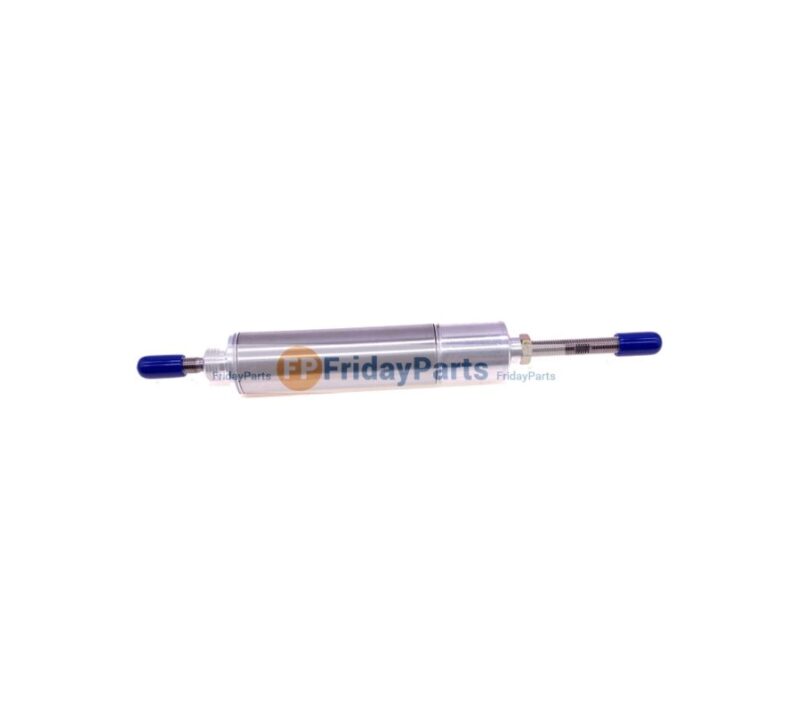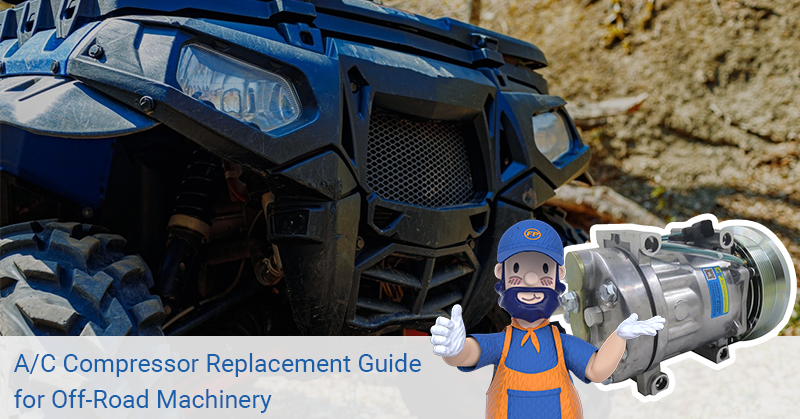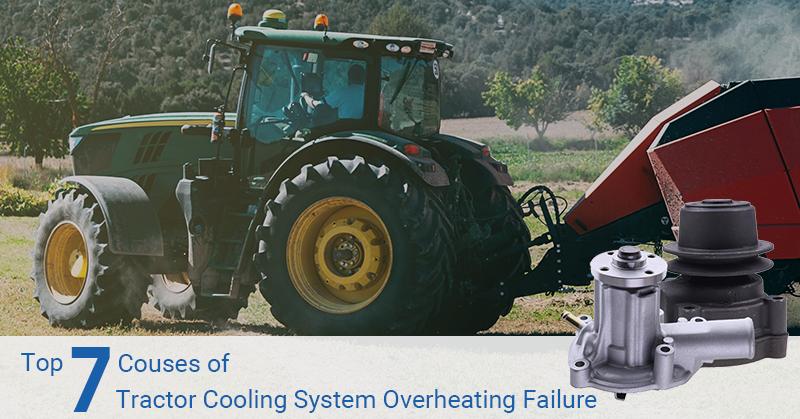Lubrication is vital for prolonging the lifespan of hydraulic cylinders due to friction generated by various parts during operation. Within the hydraulic cylinder, components undergo friction, including piston rings rubbing against cylinder walls and the interaction between the crankshaft and bearings. so lubrication can protect the hydraulic system, as friction can escalate the workload on hydraulic cylinders and potentially disrupt the entire system. Now, have a quick look at the guide on how to lubricate hydraulic cylinders.
Guide to lubricating hydraulic cylinder
Prepare for lubrication
Before lubricating the hydraulic cylinder, ensure it is in a stopped state, and pressure has been released. Plus, it’s crucial to ensure the cleanliness of the work area to prevent contamination of components during the cleaning process. Furthermore, gather the necessary tools, such as suitable high-quality lubricant, clean towels, and lubrication equipment.
Safety
Prioritize safety by ensuring the hydraulic cylinder is in a stopped state and pressure has been released. Ensure equipment is in a safe condition and the work area is clean.
Clean the outside
Use a cleaner and a clean cloth to clean the outer surface of the hydraulic cylinder, ensuring it is free from impurities, oil residues, or dust. This helps prevent external impurities from entering the hydraulic cylinder.
Clean the interior (if accessible)
Remove lubricant and other impurities from internal components such as the piston rod and piston.
Inspection
After cleaning, inspect for rust, wear, cracks, and signs of leakage.
Lubrication
For cylinders equipped with grease fittings, it is advisable to use a grease gun for lubrication. For cylinders lacking grease fittings, apply lubricant directly to moving parts (such as the piston and piston rod) to ensure even distribution on the surfaces requiring lubrication.
Operate the cylinder
Operate the cylinder several times to ensure the lubricant is evenly distributed inside the cylinder. With each operation, the lubricant forms a film on the internal surface of the cylinder, reducing friction and enhancing sealing performance.
Check lubrication effectiveness
Ensure the distribution of lubricant inside the cylinder is observed and adequately applied to the internal surfaces. If excess lubricant is present on the cylinder and surrounding components, remove it to prevent dirt buildup.
Inspect seals
Check the seals of the hydraulic cylinder to ensure they are not worn, cracked, or damaged. Otherwise, replace the seals promptly to prevent hydraulic oil leakage.
Test operation
After re-lubrication, conduct simple test operations to ensure the hydraulic cylinder functions properly and without anomalies. If abnormal noise or vibration occurs, it may indicate incorrect or low-quality lubricant. Therefore, always choose lubricants recommended by the manufacturer and compatible with the hydraulic cylinder.

How to choose the right lubricant for hydraulic cylinders?
You need to consider viscosity, thermal performance, and operating temperature of the hydraulic system. Additionally, take into account the type of cylinder and its usage frequency. High-load cylinders may require lubricants with specific additives for better performance, while cylinders in continuous operation need lubricants with enhanced durability, whereas those with intermittent use may benefit from superior corrosion resistance. Carefully evaluating these factors can ensure optimal performance and longevity of hydraulic parts.
Common lubricants for hydraulic cylinders include:
- Hydraulic oil
- Hydraulic grease
- Lubricating oil
- Water-based fluids
- Lubricant additives
Signs you need to lubricate hydraulic cylinder
- Decreased performance: This is often evident through a noticeable decrease in the smoothness of cylinder operation, manifesting as stiffness or uneven movement, indicating inadequate sliding of internal components.
- Unusual noises: Another indicator is abnormal noises emitted during cylinder operation, such as squeaking or grinding sounds. These noises typically result from increased friction between moving parts due to insufficient lubrication.
- Elevated operating temperature: Insufficient or degraded lubricants can lead to excess friction within the cylinder, generating additional heat during operation. This not only affects system efficiency but also risks damaging seals and other components, potentially leading to leaks and further performance issues.
Conclusion
Friction and lubrication are crucial aspects to consider in the daily operation of hydraulic cylinders, so it is wise to lubricate the hydraulic cylinder regularly, Moreover, worn-out parts discovered during lubrication must be promptly replaced. New aftermarket parts ensure that the hydraulic cylinder maintains its normal operational state. importantly, using the correct lubricating oil will ultimately reduce your time costs. Hopefully, this guide will assist you in completing the lubrication process. Know more articles, please view our blogs.







Leave A Comment